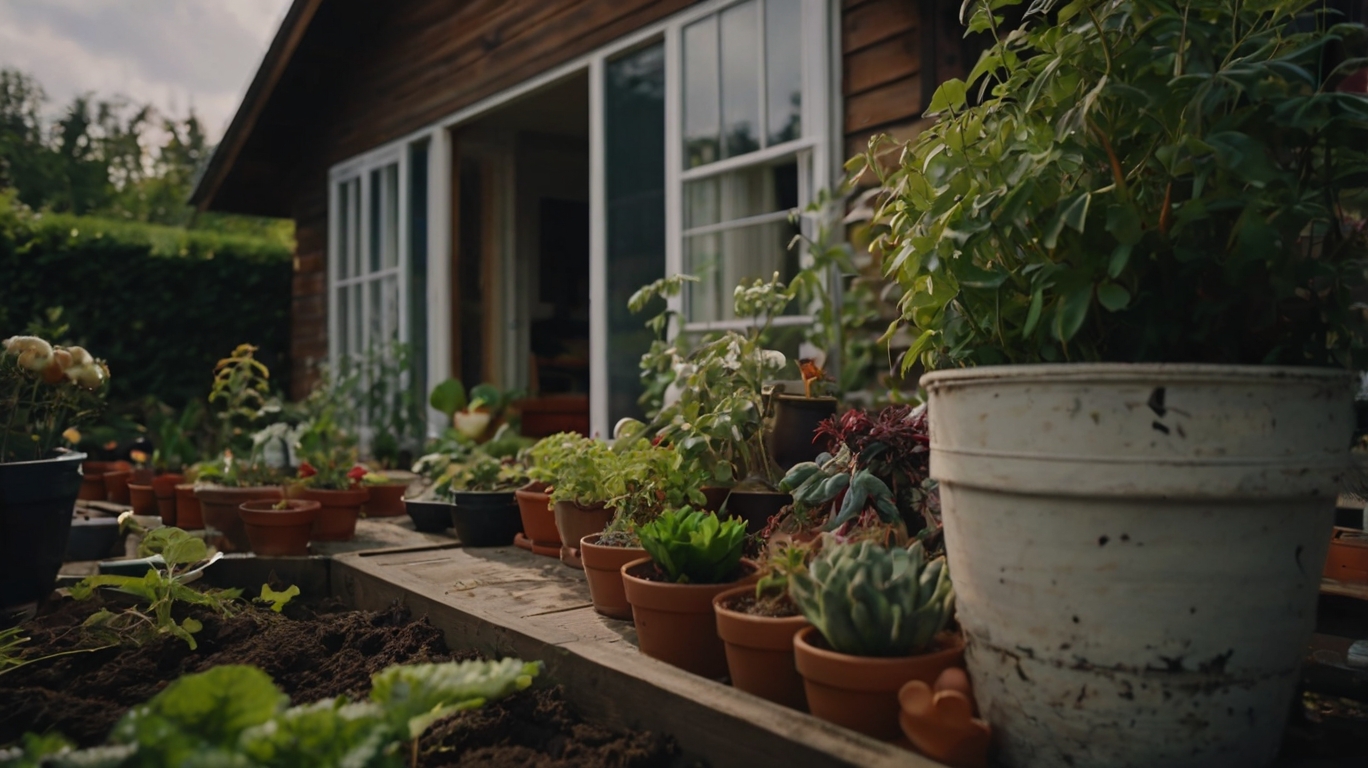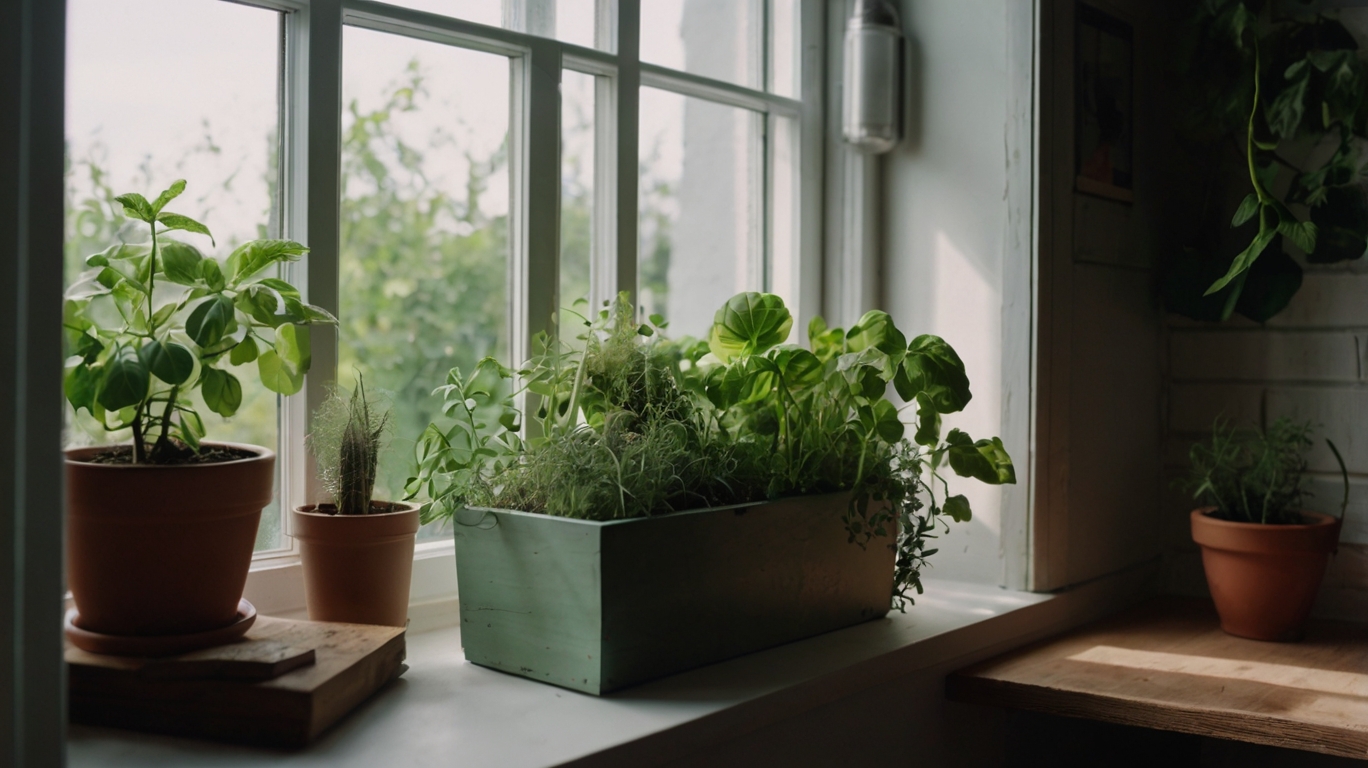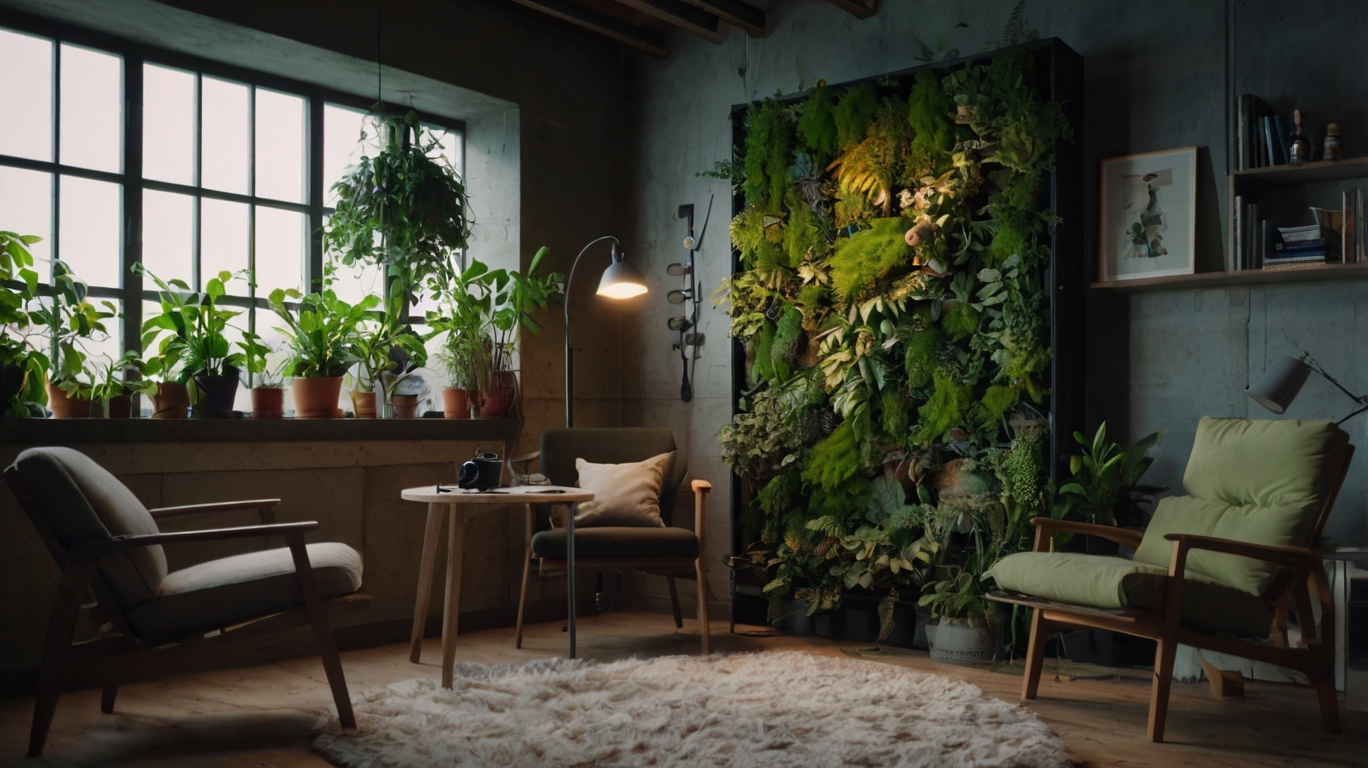Hey you! Have you ever looked at your tiny balcony and thought: “What am I supposed to do with this tiny space?” Yep, I’ve been there too—staring at my 2 square meters of balcony, wondering how to turn that dull little corner into something that would make me smile. Spoiler alert: I did it! And now my balcony is my favorite place to sip coffee, read a book, or simply enjoy the breeze. In this 2,000-word article, I’ll share 10 creative ideas for decorating small balconies, with touches of greenery and cozy home vibes, so you can transform your space into a light, welcoming oasis. All with practical tips, personal stories, and a fun, motivational tone. Let’s go? Grab a chilled juice and come with me! Why Decorating a Small Balcony Makes a Big Difference Even a small balcony is like a slice of freedom at home. It’s where you can feel the wind, see the sky, and bring a little nature into your day. And the best part? With a bit of creativity, any little space can become functional and full of personality. The idea is to blend greenery with cozy home decor to create a place that reflects who you are—without needing much space or money. Shall we see how? 1. Vertical Garden: Plants That Climb the Walls If the floor space is tiny, look up! Vertical gardens are a lifesaver for compact balconies. They save space, look amazing, and even help freshen the air. How to Do It: Grab a wooden pallet (many stores give them away), sand it, paint it a cheerful color (I picked turquoise!), and attach small pots with zip ties. Plant succulents, ivy, or even basil for a fragrant touch. My Experience: I created a vertical garden on my balcony, and now I have ferns and succulents cascading like a green waterfall. Everyone who visits asks, “How did you do that?” And I feel like the queen of gardening! 2. Folding Furniture: Style with Flexibility Small balconies demand furniture that won’t get in the way. Folding tables and chairs are perfect because you can store them when not in use. Tip: Go for colorful models, like a yellow bistro table or iron chairs with floral cushions. Add a lavender pot for that cozy vibe. Personal Testimony: I bought a folding table for my balcony, and now I can enjoy breakfast outdoors without giving up space. When I’m not using it, it becomes a “shelf” for my flowerpots. Practical, right? 3. Rugs and Cushions: Comfort on the Floor Want to turn your balcony into something out of a magazine? Go for an outdoor rug and some soft cushions. They add texture and that “hugged by home” feeling. How to Use: Choose a natural fiber rug, like jute, or a synthetic one with vibrant patterns. Add cushion covers in green, terracotta, or blue to match your plants. Funny Story: I bought a jute rug thinking my cat would ignore it. Big mistake! Now he thinks the balcony is his throne—but I must admit, the rug added extra charm to the space. 4. Magical Lighting: Lights That Enchant Nothing sets a cozy mood like good lighting. LED strings, lanterns, or candles can turn your balcony into a fairytale setting at night. Creative Idea: Wrap a string of lights around the railing or hang it like a curtain on the wall. I used warm lights on my balcony, and now it feels like a charming café every evening. Budget Tip: Use solar-powered lights to save energy. They charge during the day and turn on automatically at dusk. 5. Floating Shelves: More Room for Plants and Decor Shelves are perfect for small balconies because they use vertical space and keep the floor clear. Use them for flowerpots, candles, or even books. How to Do It: Install wood or metal shelves (corner shelves save even more space). Add succulents, cacti, or herbs like rosemary. I mixed pots with a little gnome statue I got as a gift—it looks adorable! My Story: My first shelf collapsed because I overloaded it (who knew cacti were so heavy?). Now I reinforce everything with plugs and screws, and my balcony looks like a green gallery. 6. Herb Garden: Flavor and Fragrance on the Balcony An herb garden is both functional and decorative. Basil, mint, parsley, and chives thrive in small pots and make your balcony smell amazing. Getting Started: Use a long planter box or individual pots on the balcony railing. Water moderately and choose a spot with at least 4 hours of sun daily. Proud Moment: My basil became the king of the balcony. Every time I make pesto with it, I feel like a gourmet chef. And the smell? Pure bliss! 7. Light Curtains: Privacy with Charm Sheer or bamboo curtains offer privacy without blocking light and give your balcony a soft, boho touch. Style Tip: Choose neutral tones or soft prints like leafy patterns. Hang them with curtain rods or even ropes for a rustic look. My Adventure: I installed a voile curtain on my balcony to block the view from nosy neighbors. Now, it feels like a secret retreat, and the curtain swaying in the breeze is mesmerizing. 8. Reused Objects: Sustainability with Personality Got an old ladder or a forgotten wooden crate? They can become unique decor pieces for your balcony. Creative Idea: Use a ladder as a plant stand or turn crates into shelves. I painted a market crate white, and now it holds my cacti and a decorative lantern. Why I Love It: Besides being sustainable, repurposing items gives you a sense of accomplishment. Every piece has a story—and that makes your balcony even more special. 9. Ottomans or Stools: Versatile Seating If chairs take up too much space, ottomans or stools are the answer. They’re lightweight, easy to move, and can even double as small tables. How to Use: Choose ottomans with water-resistant fabric or treated wooden stools. Add a cushion for extra comfort. … Ler mais



